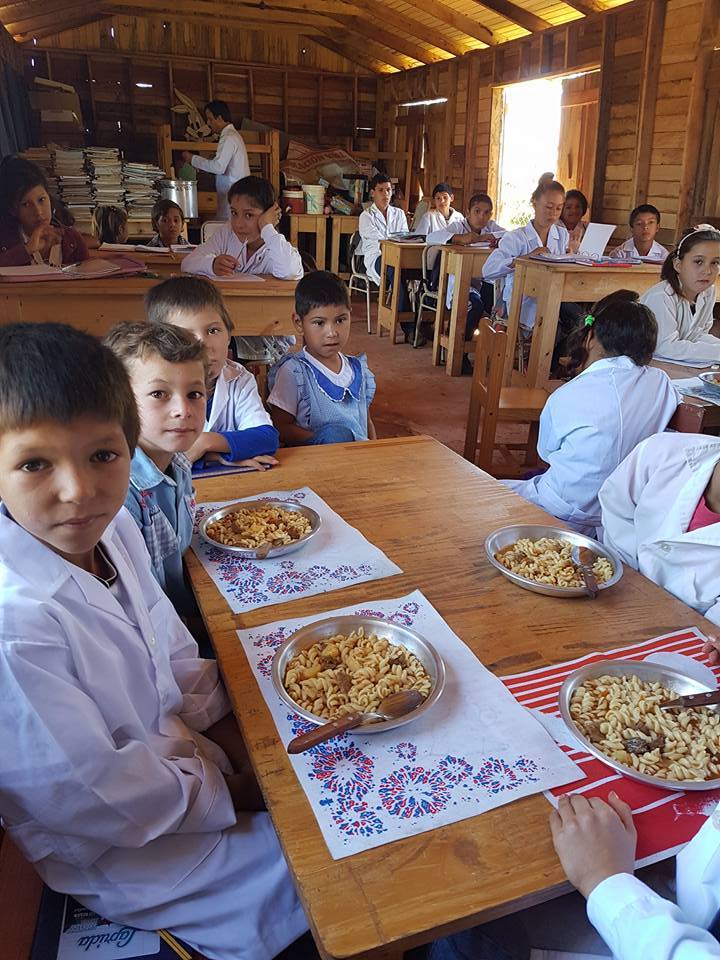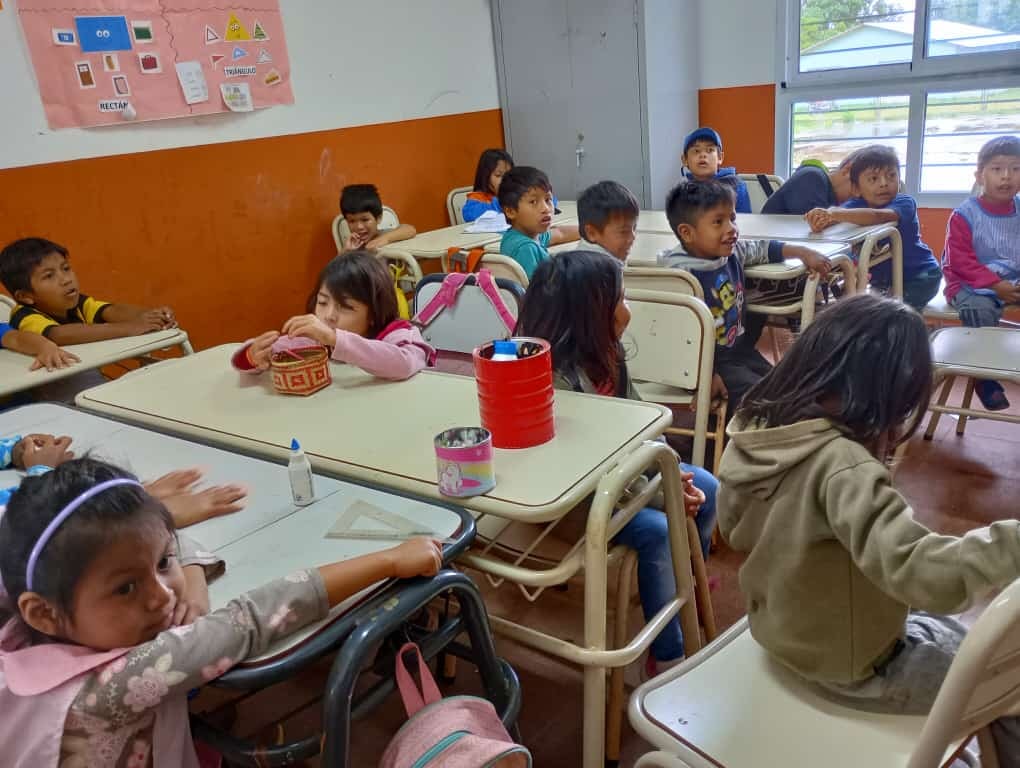Global Poverty and Education Explained

Economic inequality is at its highest level in the year 2023 in the USA and UK. These countries that thought of themselves as socially immune to poverty are some of the hardest to admit its economic inequity. Yet an alarming reality has to come to grips with their society; the rich are getting richer and the poor far poorer.
The following is my own definition of poverty and education, it assisted me greatly in my work

Throughout my extensive 40-year journey, I have come to realize that there exists a significant number of impoverished individuals worldwide who remain unnoticed and unaccounted for. It is imperative that each and every one of us takes it upon ourselves to address this pressing issue. In my birthplace of Argentina, the statistics are alarming, with a staggering 64% of children under the age of 17 living in poverty as of September 2021. Furthermore, by December 2023, 45% of the Argentine population was classified as poor. This distressing trend of increasing poverty rates, which mirrors the unfortunate reality in numerous other nations, is a cause for great concern.


In addition to addressing equity issues, it is crucial to focus on educating societies about the importance of inclusivity and eliminating discrimination. Unfortunately, many countries still adhere to a disturbing hierarchy where certain individuals believe they are entitled to more rights based on their wealth, race, and other factors. This mindset is detrimental and referred to as “entitlement.” Although it may not be an easy task, making an effort to strive for equity significantly improves the situation not only for the people affected but also for the ones who feel entitled because it increases some level of peaceful coexistence. I coined the term “Social Poverty Education” to highlight the misconception that we are different when in reality, we are all equal.
EQUATION FOR SOCIAL EQUITY IN EDUCATION=
= equal access to education + equal resources + equal opportunities -discrimination – entitlement = Open Opportunites to Advance

Global Poverty and Education: Solutions Need to Go Beyond Technological Challenges
The education sector has been facing numerous challenges in the aftermath of the global pandemic. Schools have remained closed for an extended period in several countries, leaving students in remote areas and those without access to technology isolated. To ensure that students had access to school resources, teachers and school administrators shared their mobile phones. However, despite the introduction of various advanced platforms, these efforts have done little to bridge the gap between rural and urban, as well as poor and non-poor school children. Educators were forced to adapt to a digital system that was unfamiliar to them, further exacerbating the situation. Moreover, all students have felt a sense of lag in the socialization process, which can only be fully experienced through face-to-face interaction with their peers.
We all bear the responsibility of addressing the issue of educational inequity. Every one of us plays a crucial role in perpetuating this alarming cycle of inequality. Consider this: when you purchase lemons from the grocery store, when you snag a seemingly irresistible deal on a new t-shirt, or when you indulge in that luxurious gourmet tea, take a moment to reflect on the individuals behind these products and how they lead their lives. Imagine the laborious hours spent under the scorching sun, tirelessly picking tea leaves, enduring harsh conditions, all so that you can enjoy that exquisite tea. It’s time to take action! Let’s make a difference and do something about it!
A few examples of how to make things more equitable or “fair”
Consider this scenario: when “Joe” purchases lemons from Argentina, he unknowingly supports a system where children, instead of attending school, are forced to harvest those lemons, enduring painful pricks on their little hands. By remaining unaware of this reality, Joe inadvertently perpetuates the notion that these children should continue this labor and indirectly supports industries/companies that deceive consumers with subpar products.
DEMAND fair treatment of workers and fair pay! If those businesses refuse to do the right thing, one always has the chance to buy from somebody else! the world is full of businesses that one can approach. It is important not to go by “what they say they do” but to know they do what they say. In an era of self-promoters, AI, tricky marketing, and so-called “influencers” what they tell you is not the truth unless you can prove it.
For example; when “Joe” buys lemons from Argentina, he is buying lemons from children who instead of going to school, go to pick you those lemons, and children prick their little hands. By Joe being oblivious to this fact, he keeps enabling the belief that these kids should be doing this task and supports industries/companies who literally “sell you lemons.”
“I do not buy lemons harvested by children” However I support the businesses that support workers who have children and encourage them to play and go to school. 🙂
Did you know that lemon trees have sharp thorns? Just think about our children




